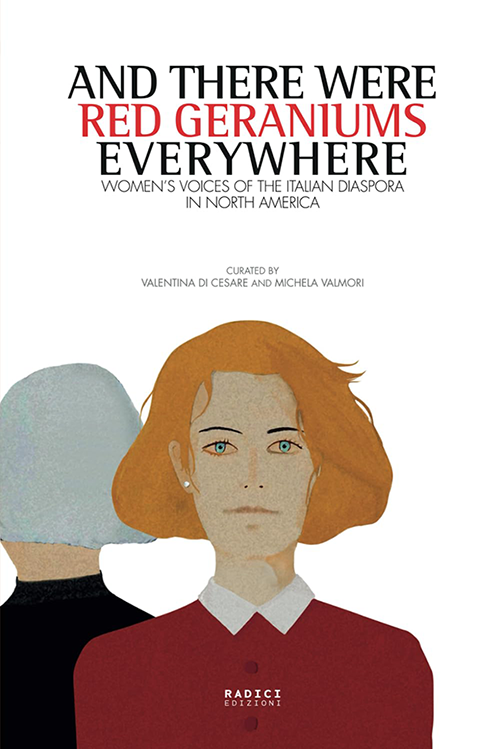
By Karen Tintori (Contributor)
Ethnic literature has, at times, relied on rhetoric imbued with folklore, grandmothers, recipes, and prejudices. That’s not the case here. While grandmothers, ...
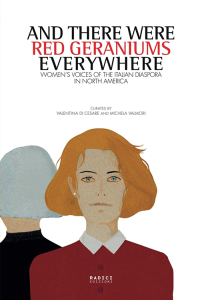

By Karen Tintori (Contributor)
Ethnic literature has, at times, relied on rhetoric imbued with folklore, grandmothers, recipes, and prejudices. That’s not the case here. While grandmothers, ...
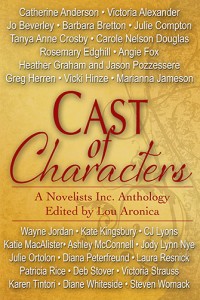
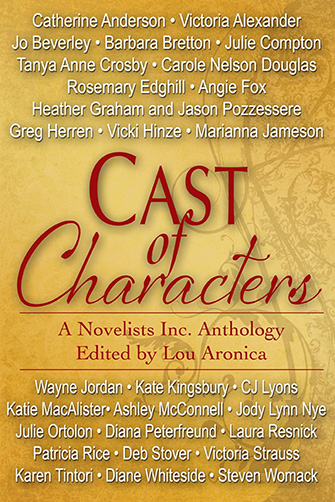
Featuring Down Under By Karen Tintori
Twenty-eight leading voices in fiction - Including eleven New York Times Bestselling Authors - join together In a celebration of great storytelling. We ...
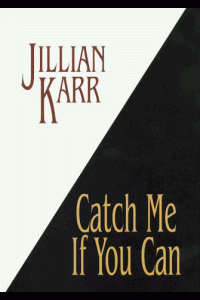
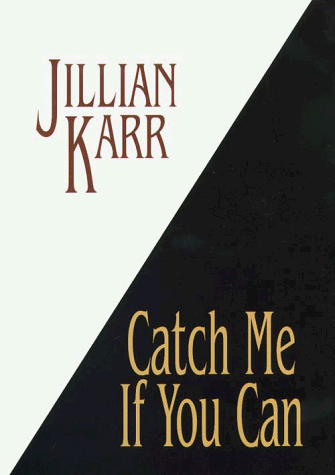
By Jillian Karr (pseudonym of Karen Tintori and Jill Gregory)
Miss America has vanished and photographer Cat Hansen refuses to sit and wait for someone to find her missing sister. Charging ...
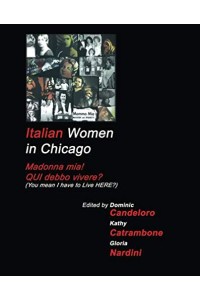
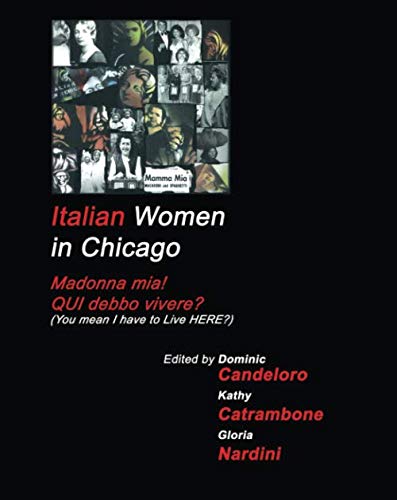
By Karen Tintori
Featuring two accounts by Karen Tintori, this latest book from Casa Italia is an anthology about the Italian American experience as seen through the eyes of women. The first ...


By Karen Tintori and Jill Gregory -- originally published under the pseudonym Jillian Karr
Four glamorous women. Four perfect brides. Four deadly secrets. When Perfect Bride magazine ...
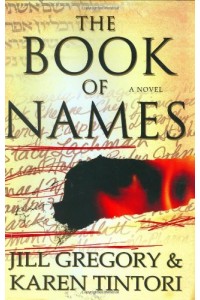
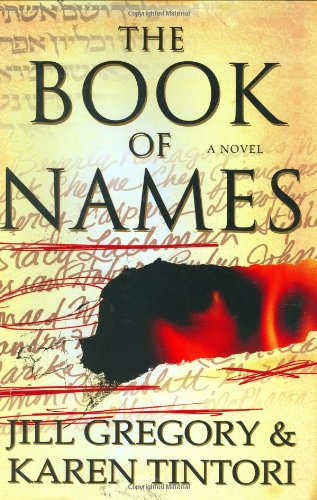
By Jill Gregory and Karen Tintori
David Shepherd knows the names of the thirty-six Righteous Souls, upon whose existence -- the Talmud says -- God keeps the world in existence. Thirty-three of ...
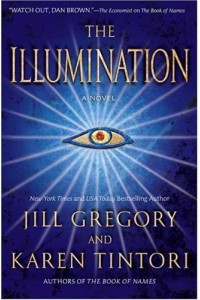
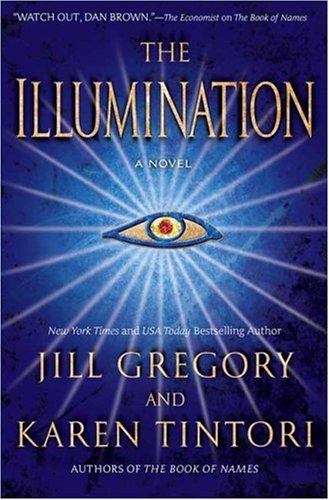
By Jill Gregory and Karen Tintori
Museum curator Natalie Landau fights to learn who murdered her reporter sister in Iraq -- and battles powerful forces pursuing the mysterious gift her sister ...
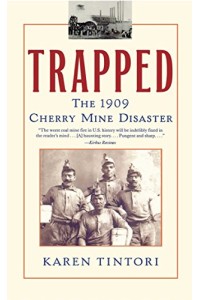
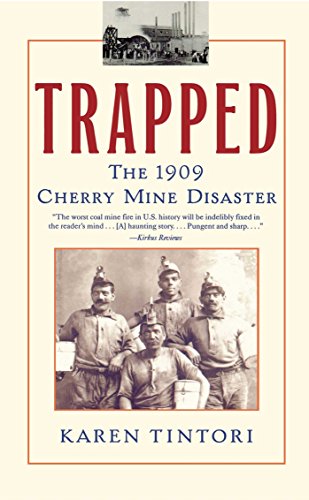
By Karen Tintori
One of the Chicago Tribune's Favorite Books of 2002, Trapped is the story of the worst coal mine fire in U.S. history, and still stands as that country's third worst coal ...
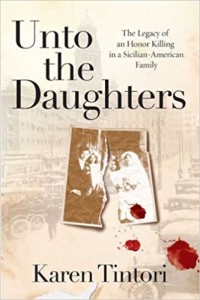
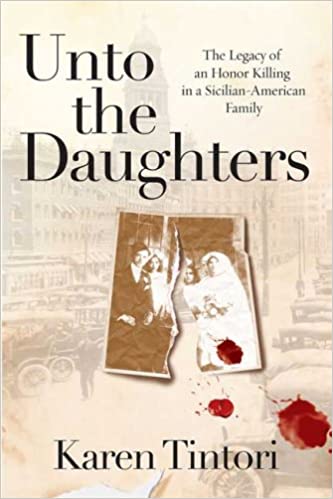
By Karen Tintori
Unto the Daughters is the story of a secret guarded so fiercely for nine decades that members of Tintori’s family died without ever learning of it. Unto the Daughters ...
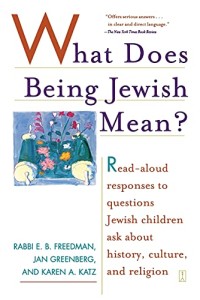
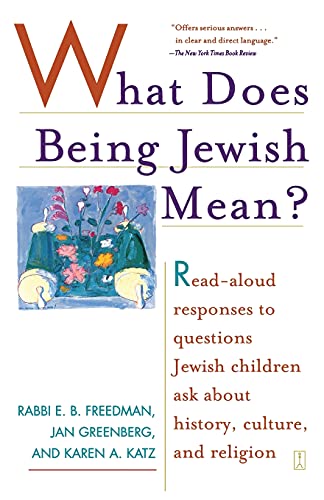
By Rabbi E.B. Freedman, Jan Greenberg and Karen A. Katz
Is everything in the Bible true? Why are there bad people in the world? Can't God stop them? Why do I need to learn to read, write, and ...
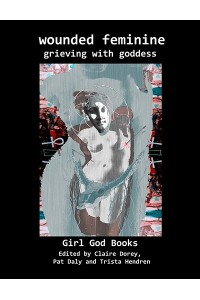
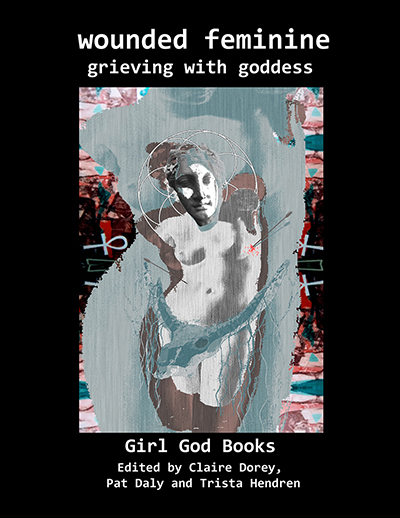
When state and religion collude to cement masculine power and undermine and control women it makes sense to look to a spiritual age, before patriarchy even existed, where the Goddess held ...
There is nothing like a Book Club, and the one I currently read with is small and phenomenal. The extent to which our exceptional leader researches the authors, locations, incidents, concurrent world history, and nonfiction characters never ceases to amaze us. Her dining room table is a tableau straight from the book, leaving just enough room for the potluck dinner we bring. Recipes derived from the book, of course. The first one to use the powder room insists the rest of us go to check out the quotes or photos rimming the mirror set above the pedestal sink and those that our hostess has taped onto the back of the bathroom door, which faces the commode.
Over the years, I have been lucky to have been a guest at numerous book clubs in the Metropolitan Detroit area. Many, like mine, share lunch or dinner before the discussion, each member bringing a dish mentioned in the book. Next to fan mail, Amazon and Goodreads reviews, sharing several hours with my readers is the most inspiring and uplifting way to feed my muse.
Writing is a solitary and brain-wracking task. Many authors often take a year to write the book that you might read in one sitting. Day after day, it's just us and our keyboards or legal pads and pens. We slog on, often with no feedback other than from that pesky little editor on our shoulders. The one we should ignore. The solitariness is the main reason I love opportunities to share time with my readers, whether in person, by phone or Skype. I've been honored and amazed to hear from you that you've devoured my books -- especially Unto the Daughters -- in one fell swoop. There is no greater joy for an author than to hear that. During book club visits, I usually share some backstory on the book the club has just read and then suggest that they "do their thing" as if I wasn't there. Some ask me to lead the discussion, but most allow me the joy of being the spider on the wall listening in. I welcome comments and criticism. Constructive criticism was a lesson learned in grade school under the tutelage of the Dominican nuns who sparked my love of writing. How else can I learn to better my craft than by listening to the honest assessment of my work by people who love to read?
While I have forgotten to take photos with many book clubs over the years, mainly because we've been so engrossed in talking books that I forget to get a group shot, I do have some memories to share. If I have visited with your club and you have photos that are missing from my collection, please email them to me and I'll be happy to add them here. Of course, I have no group photos from clubs with whom I have visited by Skype or by phone, but am always eager to chime in if your meeting date is clear on my calendar. Please reach out and let's talk books!
Currently, my group is reading A Day in June by Marisa Labozzetta -- and I'm dithering about whether to make something Italian or something Jewish for book club. (I ended up making aglio olio -- recipe in my Blog.)
Happy reading!
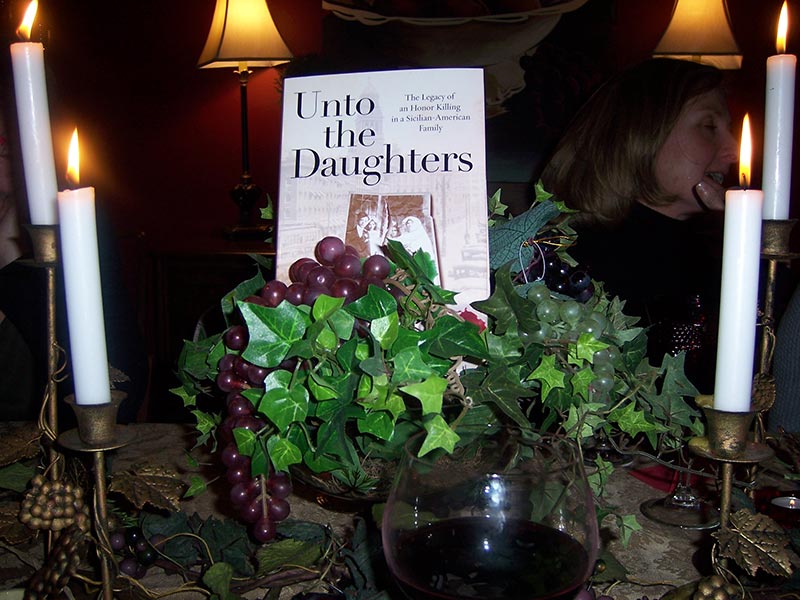
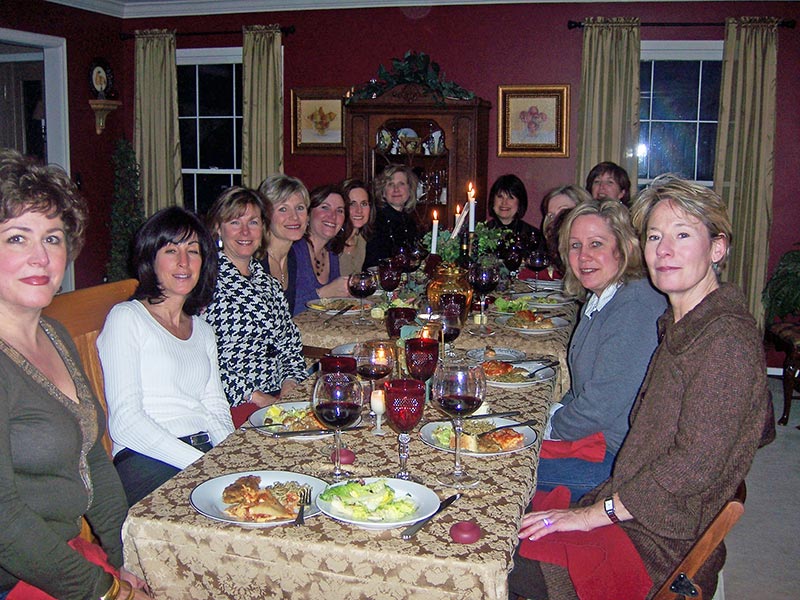
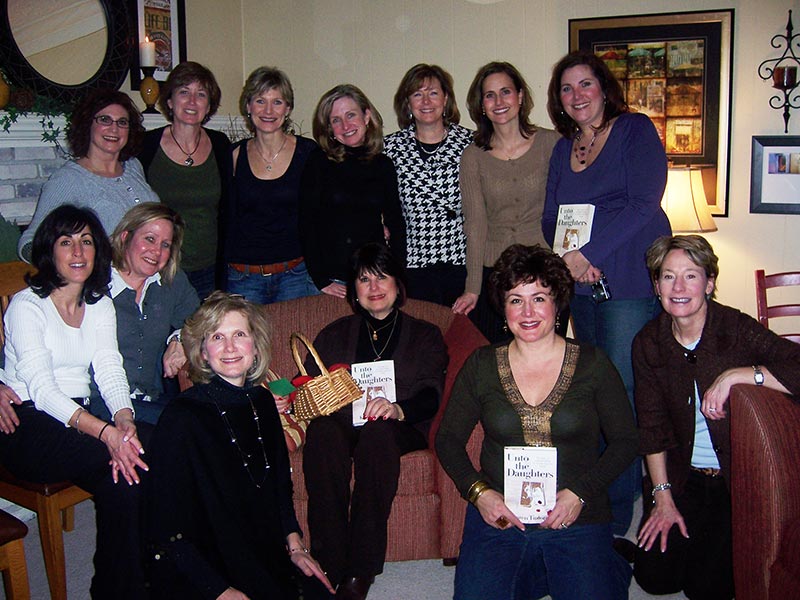


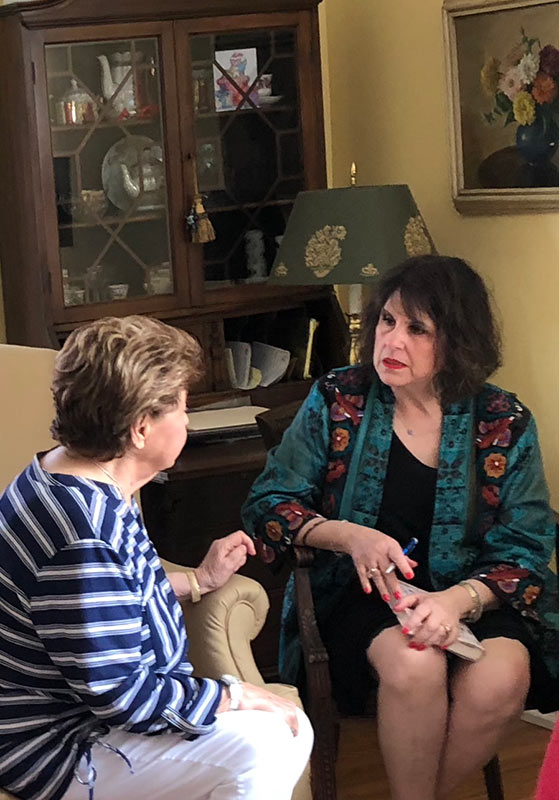
Several Cherry Mine Disaster authors gathered in Cherry, Illinois, on November 11, 2023, for the town's annual weekend commemoration. Via the magic of Zoom, I was fortunate to join the Authors' Forum and audience of disaster descendants and history buffs to discuss a new aspect of this historic, precedent-setting, little-known tragedy.
Genealogical research on my paternal grandfather, John Tintori, who died before I was born, brought me various puzzle pieces about the 1909 disaster he survived. While sitting in a movie theater watching Titanic, I told myself, "You're sitting on Titanic in a coal mine. Write the book." With a trip to Cherry and Princeton, Illinois, The Cherry Library and Museum, access to the 700-page coroner's report, newspapers from the time, and other primary materials, the puzzle pieces finally fit and I dove deep to write TRAPPED: THE 1909 CHERRY MINE DISASTER.
The two disasters occurred within sixteen months -- the first in a mine declared fireproof, the second on a ship declared unsinkable. The analogies do not stop there. One after another, I discovered uncanny similarities between Titanic and Cherry, prior to, during, and in the aftermaths.
Watching my recorded Zoom presentation, I hope you find these parallels as fascinating as I do.
Frankie D and I had a great conversation about the two narrative nonfiction books I've written based on my family stories.
Trapped: The 1909 Cherry Mine Disaster was born from learning as a tiny girl that the grandfather who died before I was born, John Tintori, survived the historical mine disaster. Most of the 259 victims, like my grandfather, were Italian immigrants who came from Apennine towns in the province of Modena, Italy.
Unto the Daughters: The Legacy of an Honor Killing in a Sicilian American Family comes from an eighty-year family secret kept by my maternal grandmother's side of the family, immigrants from Sicily.
Frankie D is a great interviewer and I look forward to meeting him in person at Casa Italia's Literati Day. I hope you enjoy listening to us as much as I enjoyed speaking with him on Italian American Life Podcast.

Lisa Scottoline and I barely caught our breath as we took this deep dive into her 2021 release, Eternal — the sweeping, page-turning novel that has been simmering in her soul since her college days. Fueled by true events, this epic historical saga centers on a love triangle that unfolds in Rome under the creeping shadows of fascism, WWII, and the draconian racial laws that changed the lives of Rome's Jewish citizens forever.
To view our presentation archived on YouTube, click this link.
Page 2 of 5